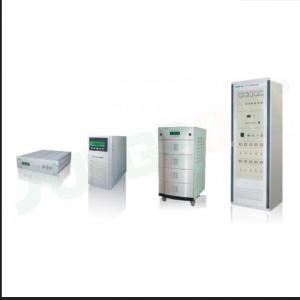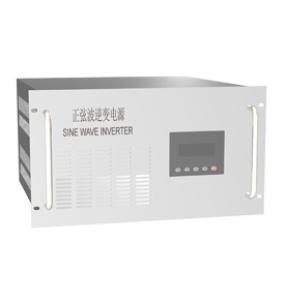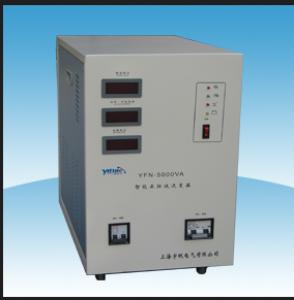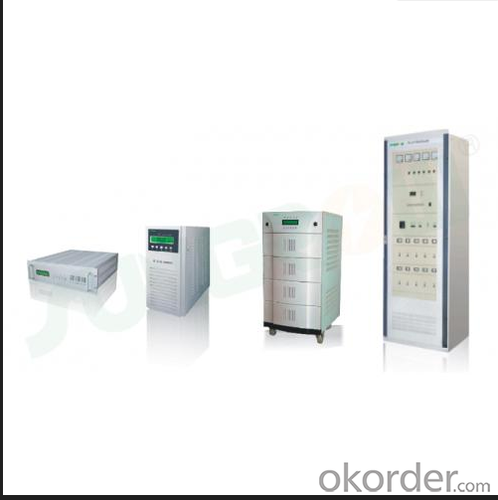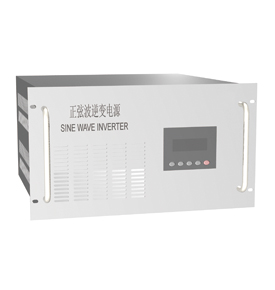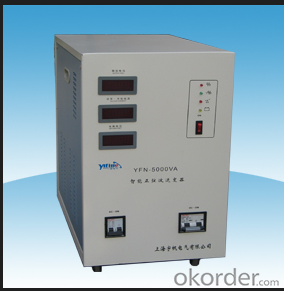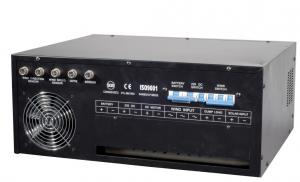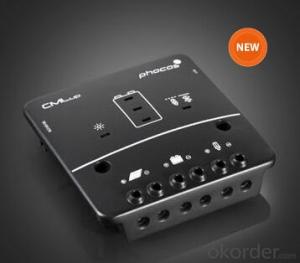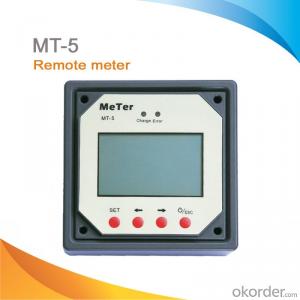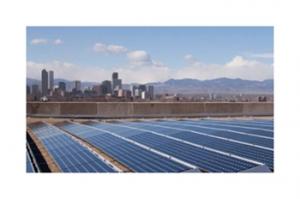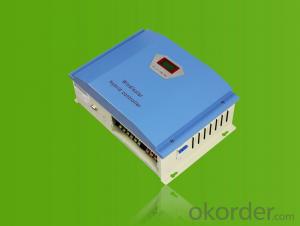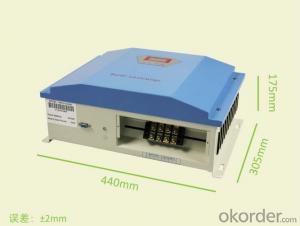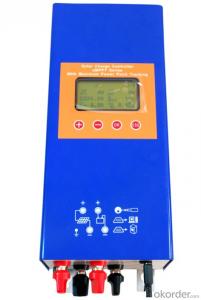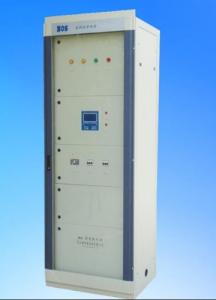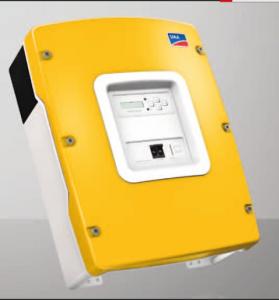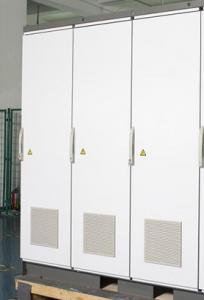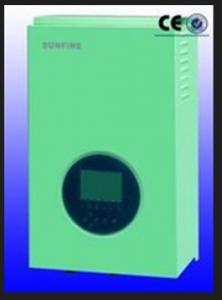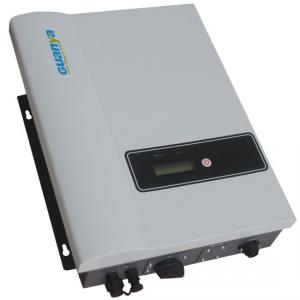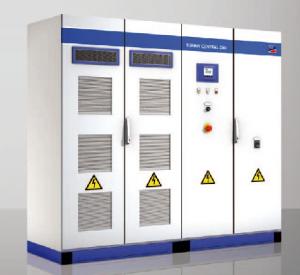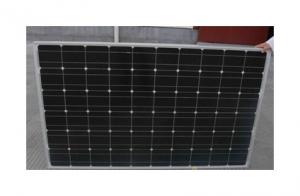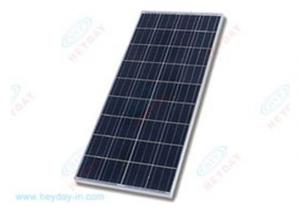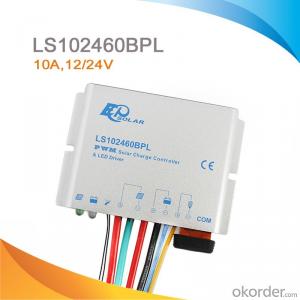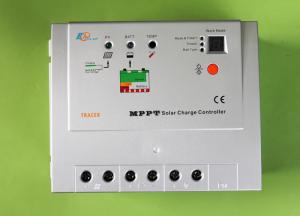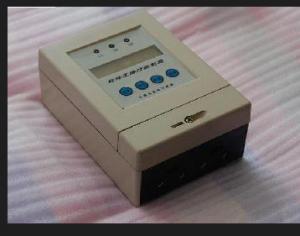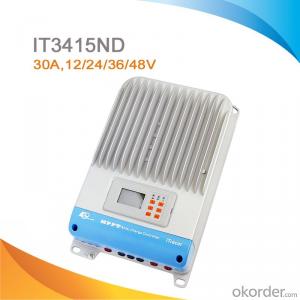Prostar Solar Controllers PV Off-Grid Inverter GN-2KDSL-22R with Good Quality
OKorder Service Pledge
OKorder Financial Service
You Might Also Like
Description:
CNBMSOLAR is a world-leading and Vertical integrated manufacturer of high-performance with Silicon,
Wafer, Cells, Modules, which convert sunlight into electricity for residential, commercial, and utility-scale
power generation.
The capacity of CNBMSOLAR is reach to 1GW, and make sure each year our shipment capacity is more
Than 700-800MWs, at the same time, we have set up the largest solar power station with our partner
in Ukraine.
CNBM is a Quality + Service oriented company with“Excellence at Each Step” approach, composed of
the finest components from TUV and IEC-certified partners around the world, CNBM modules consistently
undergo a variety of trials at the company’s Test & Development Centre, ensuring peak performance
capabilities. The company is committed to develop and provide the world with clean and renewable energy
to ease the energy shortages as well as human kind’s impact on the environment.
Data:
Model | GN-2KDSL-22R | ||
DC input | Rated Voltage(VDC) | 48Vdc | |
Low Voltage(VDC) | 43.2Vdc | ||
Low Voltage Resume (VDC) | 50.4Vdc | ||
Load Overvoltage(VDC) | 70Vdc | ||
Grid input | input rated voltage | 220Vac | |
Input Voltage range | 220Vac±15% | ||
Input frequency | 50Hz | ||
switching mode | Static switch optional,inverting priority | ||
switching time | <10ms | ||
AC output | rated capacity | 2kVA | |
rated power | 1.6kW | ||
rated output voltage | 220Vac | ||
Output voltage stable precision | 220±3%Vac | ||
Output frequency | 50Hz | ||
Output frequency precision | 50±0.2Hz | ||
overload ability | 120%,1 min | ||
output waveform | Pure sine wave | ||
THD | ≤5% | ||
Dynamic Response(0~100%) | 5% | ||
Power factor (PF) | 0.8 | ||
Crest Coefficient(CF) | 3:1 | ||
Inverter Efficiency | ≥80% | ||
Continuous running time | continuous running | ||
Insulation strength(inout and output) | 1500Vac,1min | ||
protection functions | DC voltage, dc current, voltage, utility line frequency, output voltage, output current, output frequency, output power | ||
display | LCD | ||
temperature | -20~+50℃ | ||
humidity | 0~90%(No condensation) | ||
Noise | ≤60(dB,1m) | ||
operating alititude | ≤3000m | ||
Reference Dimensions(d\w\h mm) | 420*483*177mm | ||
Reference weight(Kg) | 39kg | ||
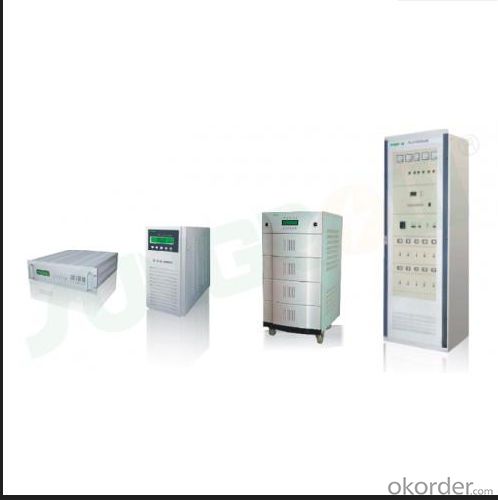
FAQ:Pls introduce more about CNBM
CNBM Group is short for China National Building Materials Group Corporation, which is established in 1984 with approval from the State Council
CNBM Group is the largest comprehensive building materials industry group in China
The Group has a total asset of over RMB 360 billion, more than 180,000 employees and 17 subsidiaries
- Q: Can a solar controller be used in a solar-powered research station in Antarctica?
- Yes, a solar controller can be used in a solar-powered research station in Antarctica. A solar controller regulates and optimizes the charging and discharging of batteries in a solar power system, ensuring efficient energy management. Given the abundant sunlight available in Antarctica during summer months, installing a solar controller would be crucial in maximizing the utilization of solar power and maintaining a stable energy supply for the research station.
- Q: How does a solar controller handle the protection against electrical surges?
- A solar controller handles protection against electrical surges by incorporating surge protection devices (SPDs) or transient voltage suppressors (TVS) in its circuitry. These devices are designed to divert excess voltage or current away from sensitive components, preventing damage caused by electrical surges. Additionally, solar controllers may also employ overvoltage and overcurrent protection mechanisms to ensure the system stays within safe operating limits during such events.
- Q: Can a solar controller be used with other renewable energy sources?
- Yes, a solar controller can be used with other renewable energy sources. Solar controllers are designed to regulate and control the charging process of solar panels, ensuring that the energy generated is stored efficiently in batteries. While primarily used with solar panels, solar controllers can also be integrated with other renewable energy sources such as wind turbines or hydroelectric generators. This allows for a more comprehensive and balanced renewable energy system, maximizing the utilization of multiple renewable sources to meet energy demands.
- Q: How do I install a solar controller in my solar panel system?
- Installing a solar controller in your solar panel system is a relatively straightforward process. Here are the steps to guide you through the installation: 1. Determine the appropriate location: Find a suitable location near your solar panels where you can mount the solar controller. The controller should be protected from direct sunlight, rain, and extreme temperatures. 2. Gather the necessary tools: You will need a screwdriver, wire strippers, electrical tape, and mounting brackets (if not included with the solar controller). 3. Disconnect the solar panels: Before beginning the installation, disconnect the solar panels from the battery and the charge controller, if already installed. 4. Mount the solar controller: Attach the mounting brackets to the solar controller, and then secure the brackets to a suitable surface near the solar panels. Ensure the controller is easily accessible for future maintenance. 5. Connect the battery: Identify the battery terminals on the solar controller and connect the positive (+) and negative (-) leads from the battery. Make sure to follow the proper polarity to avoid damage. 6. Connect the solar panels: Locate the solar panel terminals on the controller and connect the positive (+) and negative (-) leads from the solar panels. Again, ensure the correct polarity to prevent any issues. 7. Secure the connections: Use wire strippers to strip off a small section of insulation from the ends of the wires. Insert the stripped wires into the appropriate terminals on the solar controller and tighten the screws to secure the connections. Ensure all connections are tight and secure. 8. Check the connections: Once all connections are made, double-check that everything is properly connected and tightened. Inspect for any frayed or damaged wires and repair or replace them as necessary. 9. Test the system: Reconnect the solar panels to the charge controller and battery. Turn on the solar panel system and monitor the solar controller to ensure it is functioning correctly. Check for any error or warning messages and troubleshoot accordingly. 10. Perform regular maintenance: After installation, regularly inspect the solar controller for any issues, clean the solar panels, and check the wiring connections. This will help ensure optimal performance and extend the lifespan of your solar panel system. Remember, if you are unsure about any step or lack the necessary electrical knowledge, it's best to consult a professional electrician or solar installer for assistance.
- Q: How does a solar controller prevent voltage instability in the system?
- A solar controller prevents voltage instability in the system by regulating the flow of electricity from the solar panels to the batteries. It monitors the voltage levels and adjusts the charging process accordingly to ensure a steady and optimal voltage output, preventing overcharging or undercharging of the batteries. This helps maintain a stable voltage within the system, promoting its efficiency and longevity.
- Q: What is the maximum temperature a solar controller can withstand?
- The maximum temperature a solar controller can typically withstand varies depending on the specific model and manufacturer. However, most high-quality solar controllers are designed to withstand temperatures up to 60-70 degrees Celsius (140-158 degrees Fahrenheit).
- Q: Can a solar controller be used with a solar-powered waste management system?
- Yes, a solar controller can be used with a solar-powered waste management system. A solar controller is designed to regulate and optimize the charging of batteries in a solar power system, ensuring maximum efficiency and long battery life. In a solar-powered waste management system, the solar controller can help manage the flow of power from the solar panels to the batteries, ensuring that the system is powered efficiently and effectively.
- Q: Can a solar controller be used with a solar tracking system?
- Yes, a solar controller can be used with a solar tracking system. A solar controller is responsible for regulating the flow of energy between the solar panels and the batteries. It helps maintain the optimum charging voltage and prevents overcharging or discharging of the batteries. In a solar tracking system, the solar panels move to follow the sun's path throughout the day, maximizing energy generation. The solar controller ensures that the solar panels are efficiently charging the batteries regardless of their position.
- Q: How does a solar controller handle battery over-temperature disconnect recovery?
- In order to regulate the charging and discharging of batteries in a solar power system, a solar controller is specifically designed. The protection of the batteries from potential damage during battery over-temperature disconnect recovery is a crucial role played by the solar controller. In the event that the battery temperature exceeds the limit, the solar controller detects the excessive heat and triggers a safety mechanism to disconnect the battery from the charging source. This action is taken to prevent further heating and protect the battery from potential damage. After the disconnection of the battery, the solar controller continuously monitors the battery temperature. It waits for the temperature to decrease to a safe level before commencing the recovery process. The recovery process involves reconnecting the battery to the charging source and resuming the charging procedure. Throughout the recovery process, the solar controller closely observes the battery temperature to ensure that it remains within a safe range. If the temperature starts to rise again, the controller will immediately disconnect the battery again to prevent any additional damage. Moreover, advanced solar controllers may have additional safety features, such as temperature sensors or thermal protection circuits. These features provide an extra layer of protection by actively monitoring the battery temperature and taking appropriate actions to prevent over-temperature conditions. In summary, a solar controller effectively manages battery over-temperature disconnect recovery by detecting excessive heat, disconnecting the battery from the charging source, monitoring the temperature, and commencing the recovery process once the temperature reaches a safe level. By doing so, it safeguards the batteries from overheating and potential damage, thereby maximizing their lifespan and performance in a solar power system.
- Q: What is the maximum input power for a solar controller?
- The maximum input power for a solar controller depends on its specifications and design. Generally, solar controllers can handle input powers ranging from 10 to 60 amps or more, depending on the model. It is crucial to consult the manufacturer's specifications or user manual to determine the exact maximum input power for a specific solar controller.
Send your message to us
Prostar Solar Controllers PV Off-Grid Inverter GN-2KDSL-22R with Good Quality
OKorder Service Pledge
OKorder Financial Service
Similar products
Hot products
Hot Searches
Related keywords
